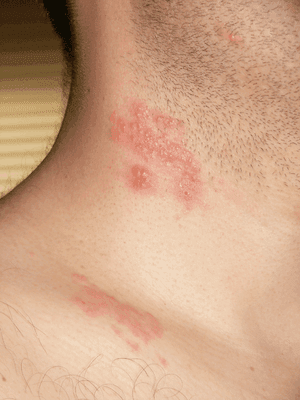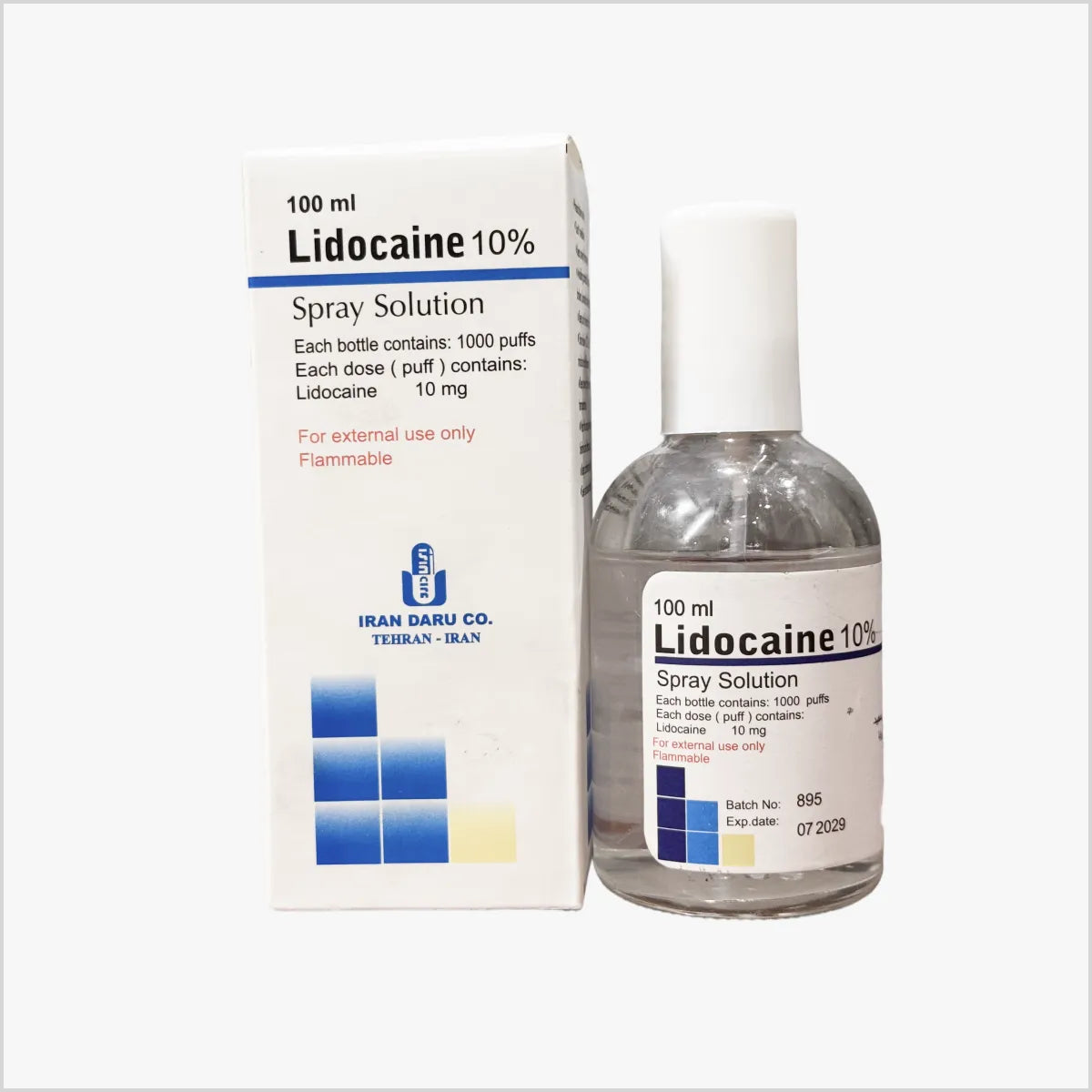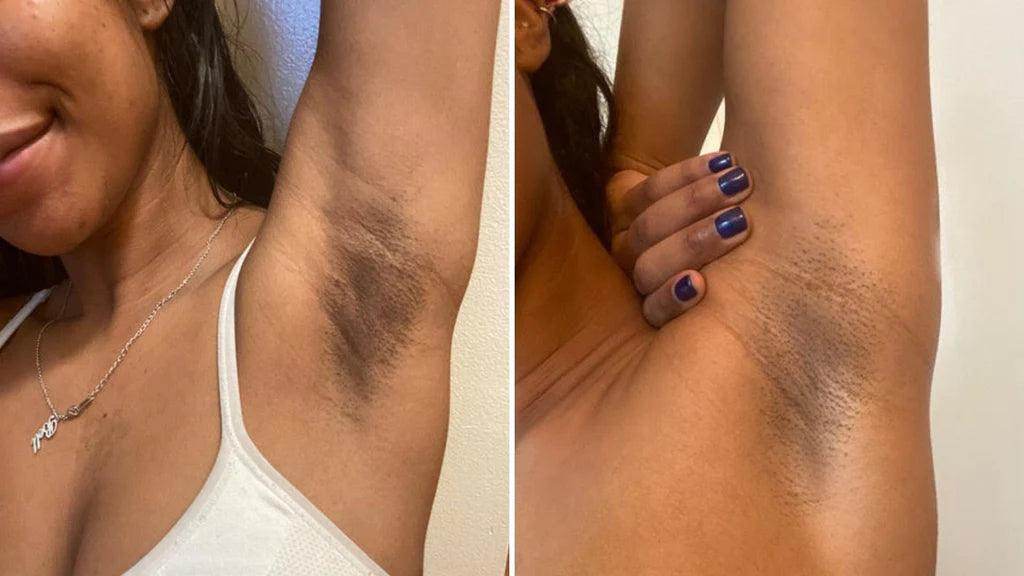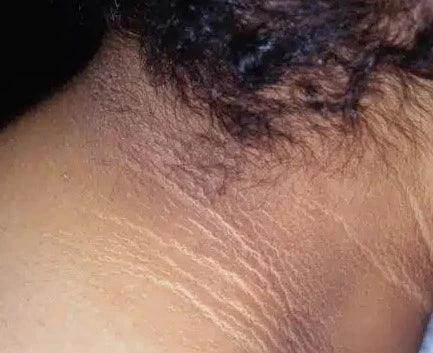🟢 Open: Monday to Saturday 2 to 8 PM. Location: House 59A, Block C1, Gulberg 3, Lahore.

Herpes Zoster (Shingles) Treatment
You may also like
Herpes zoster, also known as shingles, is caused by the reactivation of the varicella-zoster virus (VZV), the same virus that causes varicella (chickenpox).
Primary infection with VZV causes varicella. Once the illness resolves, the virus remains latent in the dorsal root ganglia. VZV can reactive later in a person’s life and cause a painful, maculopapular rash called herpes zoster.
Clinical Features
People with herpes zoster most commonly have a rash in one or two adjacent dermatomes (localized zoster). The rash most commonly appears on the trunk along a thoracic dermatome. The rash does not usually cross the body’s midline. Less commonly, the rash can be more widespread and affect three or more dermatomes. This condition is called disseminated zoster. This generally occurs only in people with compromised or suppressed immune systems. Disseminated zoster can be difficult to distinguish from varicella.
The rash is usually painful, itchy, or tingly. These symptoms may precede rash onset by several days. Some people may also have headache, photophobia (sensitivity to bright light), and malaise in the prodromal phase.
The rash develops into clusters of vesicles. New vesicles continue to form over three to five days and progressively dry and crust over. They usually heal in two to four weeks. There may be permanent pigmentation changes and scarring on the skin.
Complications
Postherpetic neuralgia (PHN) is the most common complication of herpes zoster. PHN is pain that persists in the area where the rash once was for more than 90 days after rash onset. PHN can last for weeks or months, and occasionally, for years.
A person’s risk of having PHN after herpes zoster increases with age. Older adults are more likely to have longer lasting, more severe pain. Approximately 10 to 13% of people 60 years and older with herpes zoster will get PHN. PHN is rare in people younger than 40 years old. Other predictors of PHN include the level of pain and the size of rash.
Other complications of herpes zoster include:
- ophthalmic involvement (herpes zoster ophthalmicus) with acute or chronic ocular sequelae, including vision loss;
- bacterial superinfection of the lesions, usually due to Staphylococcus aureus and, less commonly, due to group A beta hemolytic streptococcus;
- cranial and peripheral nerve palsies; and
- visceral involvement, such as meningoencephalitis, pneumonitis, hepatitis, and acute retinal necrosis.
People with compromised or suppressed immune systems are more likely to have complications from herpes zoster. They are more likely to have a severe, long-lasting rash and develop disseminated herpes zoster.
Vaccination
Recombinant zoster vaccine (RZV, Shingrix) is the recommended vaccine to prevent shingles and its complications.
The Advisory Committee on Immunization Practices (ACIP) recommends Shingrix for adults 50 years and older. Immunocompetent adults 50 years and older should get two doses of Shingrix, 2 to 6 months apart, whether or not they have already had herpes zoster or previously received Zostavax®, which is no longer in use in the United States.
Shingrix provides strong protection against herpes zoster and PHN. Two doses of Shingrix are more than 90% effective at preventing herpes zoster and PHN. Protection stays above 85% for at least the first four years after vaccination.
Zostavax is no longer available for use in the United States, as of November 18, 2020.
Transmission
People with active herpes zoster lesions can spread VZV infection and cause varicella in people who have never had varicella or received varicella vaccine. Once varicella resolves, these people would be at risk of herpes zoster.
Active herpes zoster lesions are infectious, through direct contact with vesicular fluid, until they dry and crust over. People with active herpes zoster lesions should cover their lesions and avoid contact with susceptible people in their household and in occupational settings until their lesions are dry and crusted.

Burhan Ahmed, MD
MBBS, MD (USA), MACP (USA), MSc Dermatology (UK)
Member, American Medical Association
Member, American College of Physicians
Member, Royal College of Physicians
American Academy of Aesthetic Medicine







